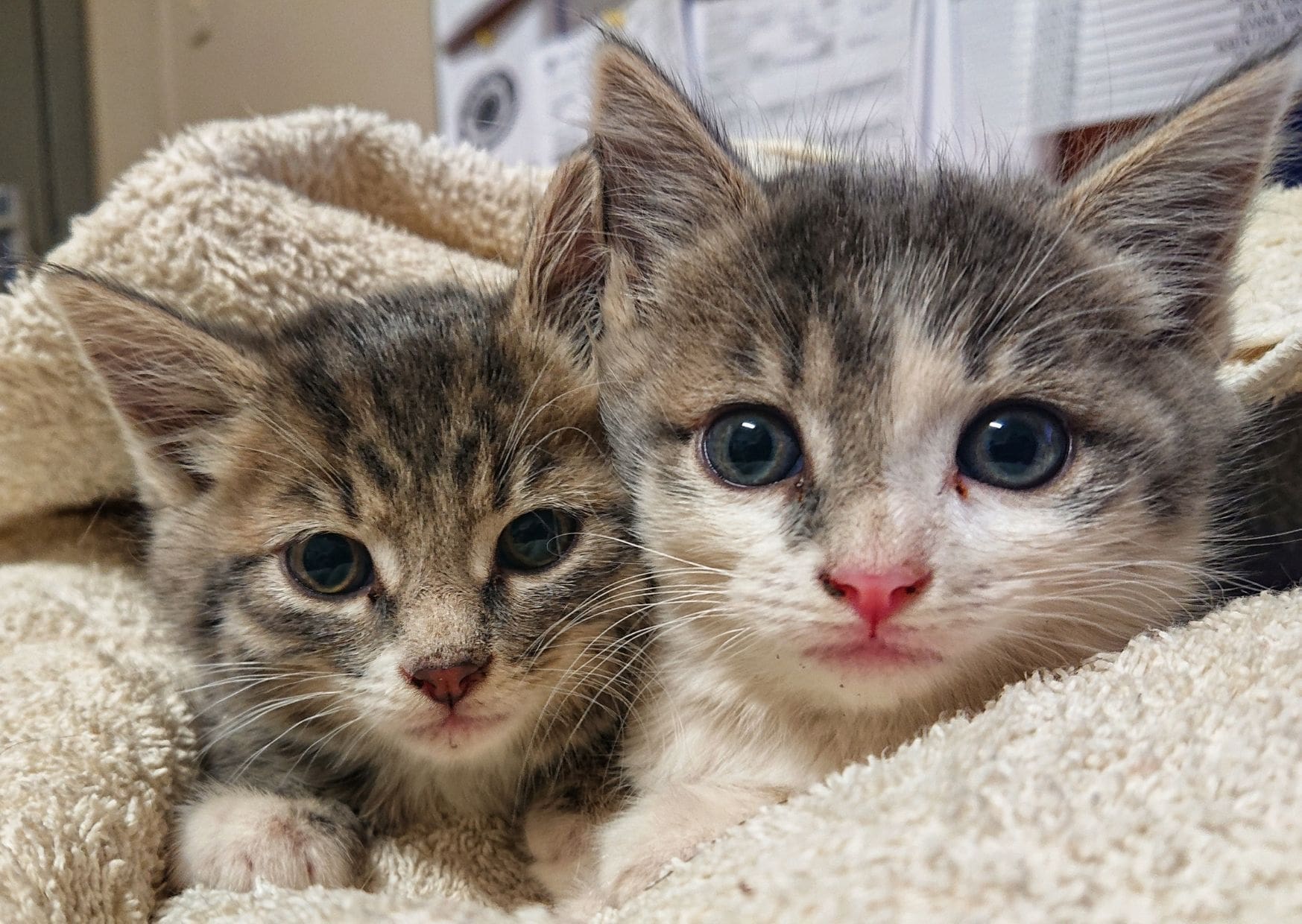The thought of tired whiskers may sound silly, but whisker fatigue can be a huge problem for your cat.
Most pet owners see their cat’s whiskers as simply a part of the body. Much like hair!
How Do Whiskers Work?
However, your cat’s whiskers are much more complex. Whiskers, which are called vibrissa, are coarse touch receptors that go far deeper under the skin. They eventually connect with the nervous system. Movement and touch affect the whiskers and send signals to their brain and sensory system. They act like antennas that constantly collect important information about your cat’s environment.
So, what is whisker fatigue? In basic terms, whisker fatigue is simply over-stimulation of the sensory system of the whiskers. When the whiskers are touched too much, even just the basic brushing against food and water bowls, your cat’s brain gets an overload of sensory information. This overwhelming stimulation can make your cat feel stressed. Some of the most common symptoms include refusal to eat or drink from their usual bowls, pacing in front of food bowls and meowing incessantly, pawing at food and water and acting more aggressive around food or treats.
Thankfully, correcting problems associated with whisker fatigue is quite simple. Manufacturers have started producing food bowls that are designed to be whisker-friendly. These dishes have a wider opening and are more shallow than regular food dishes, so your cat’s whiskers do not brush against the sides of the bowl. If you cannot find whisker-friendly pet dishes, feeding your cat in a shallow dish with low sides. These could be plates or saucers, will have the same effect.
In most cases, simple adjustments to how you feed your cat and the dish you use to do so will get rid of any symptoms of whisker fatigue and allow your cat to eat and drink happily.


